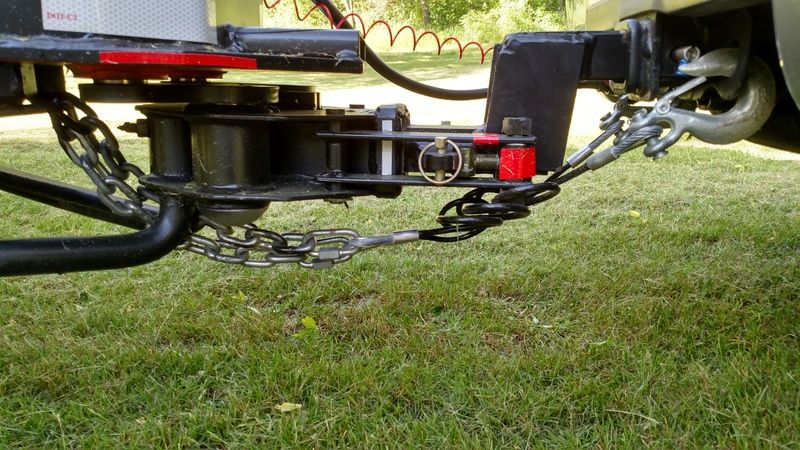RinconVTR
Jun 13, 2017Explorer
Hensley / Propride safety chain option
I was of course using chains from trailer to hitch but grew tired of trying to get the chains to the perfect length.
Owners know the hitch head moves side to side taking the chains with it and the length required is already longer than any other typical set up.
So I tried a hybrid solution of chain and cable. The result is zero chain drop while leaving a lot of slack for movement. About 2 full feet of movement if the cables were stretched out! Highly recommended.

Owners know the hitch head moves side to side taking the chains with it and the length required is already longer than any other typical set up.
So I tried a hybrid solution of chain and cable. The result is zero chain drop while leaving a lot of slack for movement. About 2 full feet of movement if the cables were stretched out! Highly recommended.
